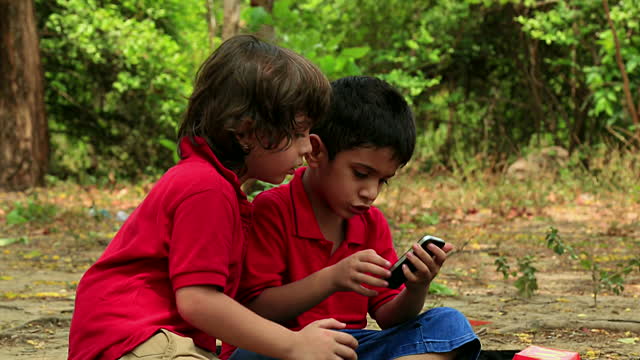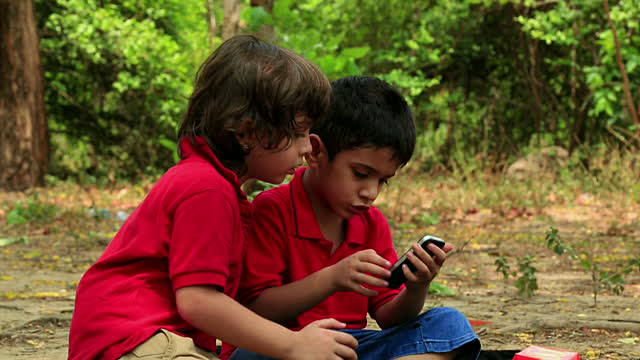Google To Train Kids How To Spot Fake News And Get Rid Of It
Anil - Jun 28, 2019

Millennials have been growing up with the Internet, so it's necessary for them to be guided with such kind of training.
- Google Offers Voluntary Buyouts to US Employees Amid AI Push
- Google SynthID: Everything You Need to Know About AI Content Detection
- NotebookLM Mobile App: Enterprise AI Capabilities Now Available on iOS and Android
The approachment of news media to us has become transformed in the Internet era, where your Internet connection is believed to play an irreplaceable role. From publication newspapers and traditional television programs, we're now deepening in e-papers and streaming services like live-broadcasting or Netflix. Through the massively wide scope of the Internet, the news is more accessible more than ever before. However, the more convenient, the more 'fake news' comes along with us.

Keep in mind that fake news can be spread easily in rapid time, and children are under big vulnerability of threats in the Internet world: they also access to social networking platforms and age-restricted sites with various kinds of manipulated photos and contorted facts, especially kids. Just a while ago, the Facebook-owned messaging platform WhatsApp has noticed the problem by restricting the number of forwarding messages. For now, Google may be the first one that seriously does something over media literacy.

Put briefly, the Google News Initiative India conducts workshops to train participants on how to get rid of fake news since 2018. Back in 2017, a program called Be Internet Awesome was launched by Google, with the primary purposes is to aim at teaching kids how to stay safe and make the most of the internet at the same time. The company on Monday said that it has already further improved the project with six additional features to help kids determine if the content is from credible sources or just online fake news. Apart from that, those activities also equip children with some required skilled to realize online frauds like phishing and bots and how to respond to them.

Up to now, fake news comprises of three categories: misinformation, disinformation, and mal-information. Put briefly, the Millennials have been growing up with the Internet, so it's necessary for them to be guided with such kind of training.
Featured Stories

ICT News - Dec 25, 2025
The Visibility Concentration Effect: Why Half the Web Isn’t Qualified Anymore

ICT News - Jul 05, 2025
Windows 11 is Now the Most Popular Desktop OS in the World

ICT News - Jul 02, 2025
All About Florida’s Alligator Alcatraz: A Smart Move for Immigration Control

ICT News - Jun 25, 2025
AI Intimidation Tactics: CEOs Turn Flawed Technology Into Employee Fear Machine

ICT News - Jun 24, 2025
Tesla Robotaxi Finally Hits the Streets: $4.20 Rides That'll Make You Hold Your...

ICT News - Jun 24, 2025
World's First Flying Humanoid Robot Takes Flight

ICT News - Jun 24, 2025
When Closed Source Met Open Source: Bill Gates Finally Meets Linus Torvalds After...

Gadgets - Jun 23, 2025
COLORFUL SMART 900 AI Mini PC: Compact Power for Content Creation

ICT News - Jun 22, 2025
Neuralink Telepathy Chip Enables Quadriplegic Rob Greiner to Control Games with...

ICT News - Jun 20, 2025
Comments
Sort by Newest | Popular